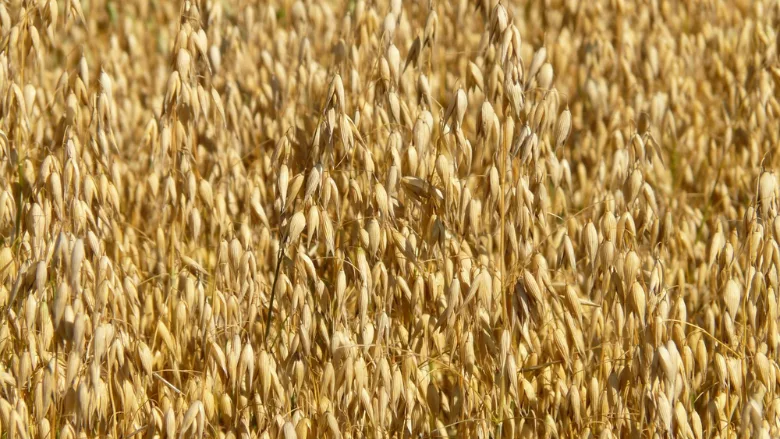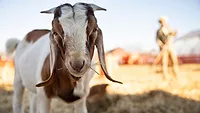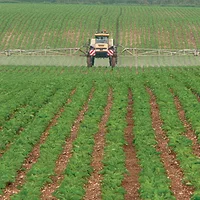EFSA Proposes Modifications to Chlormequat Maximum Residue Limits in Oats, Food Animal Products

Image credit: Pixabay via Pexels
In a new opinion, the European Food Safety Authority (EFSA) is proposing to modify the existing maximum residue limits (MRLs) for agricultural chemical chlormequat in certain commodities.
EFSA reassessed the MRLs for chlormequat after a firm, Taminco BV, submitted an application to Austrian competent authorities for the modification of the existing MRL for the chemical in oat. After an evaluation of the available scientific data and following a public consultation, the Austrian authorities proposed to raise the existing MRL for chlormequat in oat from 15 milligrams per kilogram (mg/kg) to 40 mg/kg. The European Commission then mandated EFSA to assess the application and the Austrian authorities’ report.
The Austrian authorities/Taminco BV were asked by EFSA to address data gaps and submit an updated report. The metabolism of chlormequat chloride after its application to crop foliage was investigated in primary crops belonging to the cereals group. Considering the updated Austrian report and data from previous MRL assessments, EFSA concluded that the available residue trials are sufficient to support the intended uses and to derive an MRL proposal of 30 mg/kg for chlormequat in oat grains. Additionally, EFSA found that the applicant’s proposed use of the chemical on oat will not result in consumer exposure exceeding the toxicological reference values and therefore is unlikely to pose a risk to consumers' health.
EFSA also updated the calculations of risk assessment values and MRLs for products of animal origin, considering scenarios in which chlormequat-treated crops are used in animal feed, finding that consumer exposures would not exceed toxicological reference values or pose a risk to health.
Based on its findings, EFSA proposed to amend the existing MRLs for chlormequat in oat and a wide range of animal food products. For oat, EFSA suggests increasing the MRL from 15 mg/kg to 30 mg/kg. For the full list of proposed modifications to chlormequat MRLs in all products, including eggs, milk, and animal meat and organs (for swine, bovine, poultry, ruminant, equine, and other farmed terrestrial animals), read the opinion.
Looking for quick answers on food safety topics?
Try Ask FSM, our new smart AI search tool.
Ask FSM →









